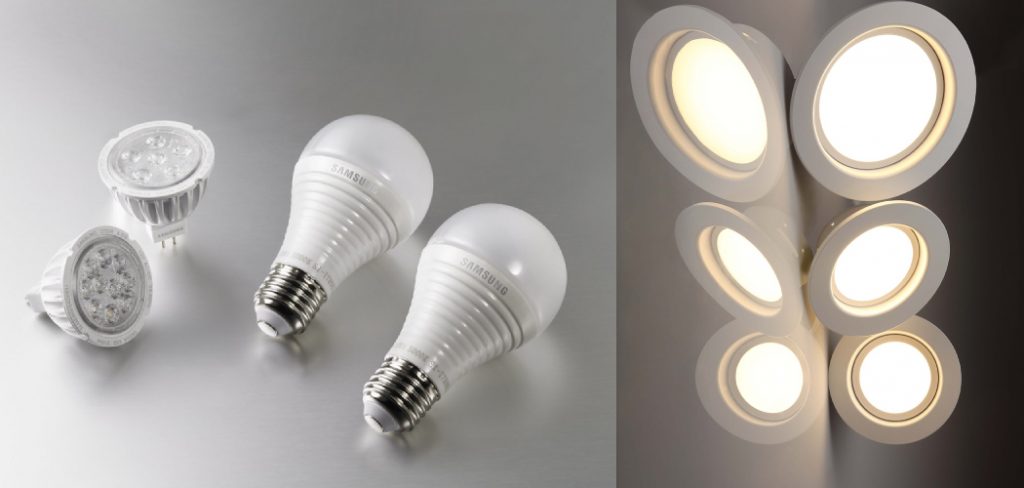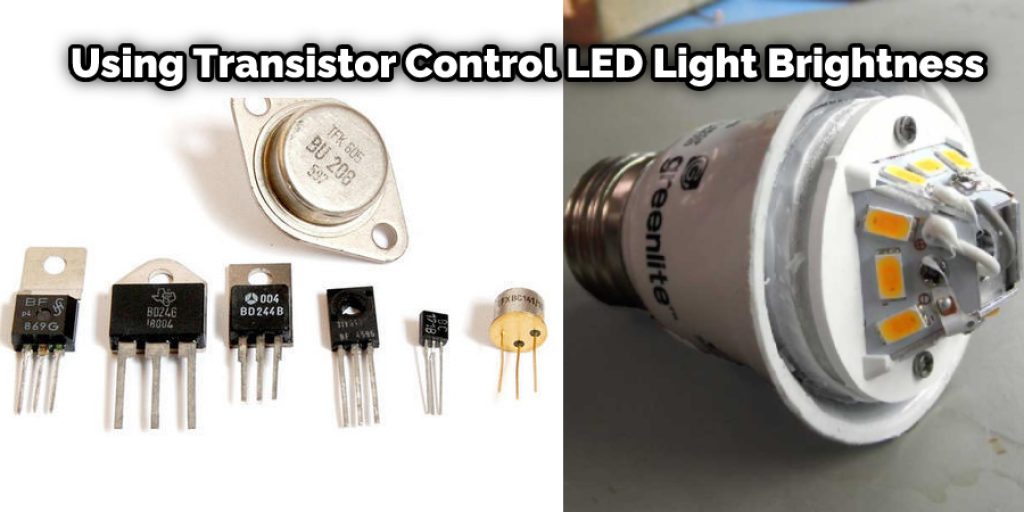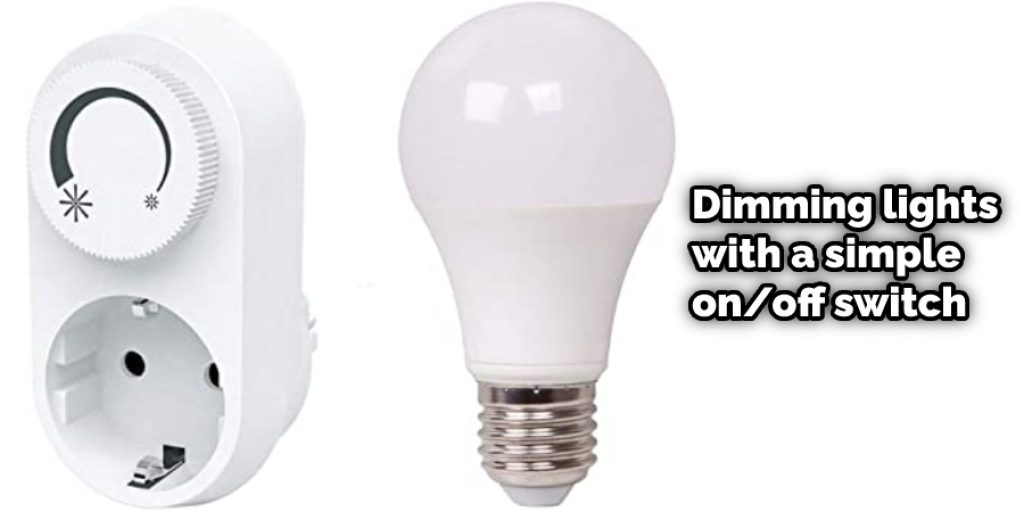How to Reduce The Brightness of LED Light
The brightness of LED lights can be adjusted by controlling the voltage applied to the device. The intensity of light produced is proportional to the current supplied, so you will also increase brightness if you increase voltage.

To adjust LED devices, it is best to use a potentiometer or variable resistor as these allow for continuous adjustment and are easily interfaced with an Arduino microcontroller. This blog post will show how to reduce the brightness of LED light and demonstrate how different values affect brightness!
7 Factors That Determines LED Light Brightness:
1. Voltage Supplied to LEDs:
The most important factor that determines how bright an LED light is the voltage. If the voltage drops, the LED will give off less light. So it’s important to have a good quality power supply to get the most brightness from an LED lighting system.
2. Power supply efficiency:
“Power supplies are never 100% efficient. If there is a power supply with an efficiency of 80%, the energy lost in the form of heat is 20%. There are regulators available to compensate for this loss, but they also dissipate some power as heat. So if the same nominal voltage drop (due to a decline in the line voltage) is compensated by a regulator, it will reduce the brightness of the LEDs.”
3. Current Provided to LEDs:
When voltage is applied to a LED, it starts conducting current, and the brightness of LED light depends upon the amount of current which flows through it. So, if more current is provided to a LED at a lower line voltage, brightness will be higher.
But if the same current is supplied at a higher line voltage, the brightness will be lower. So it is essential to keep power supply efficiency high and current as low as possible.
4. Voltage Drop in the LED:
As the current through a LED increases from zero to some value, its voltage decreases linearly at first and then more sharply after that till it reaches about 2-3V for a high-power LED. So the more significant the current supplied to a LED, the less bright it gets. Why do LEDs have a positive and negative side?
LEDs contain both p-type and n-type semiconductor materials. When current is applied to the LED, it flows from the anode (positive) to the cathode (negative). The electrons cross the p-n junction diode, releasing energy in the form of photons.
5. Ambient Temperature:
The brightness of an LED is determined by its junction temperature. This in turn is determined by the power dissipation and ambient temperature. If the junction is not adequately cooled, it will heat up and the LED will become dimmer as the temperature increases.
6. Color of LED:
LEDs are available in different colors red, orange, yellow, green, blue, and white. For a given voltage and current, the brightness of white LEDs is measurably higher than that produced by other color LEDs due to their broad-spectrum (intensity distribution) of emitted light. There used to be violet and ultra-violet LEDs, but they aren’t readily available.

7. Lens Attached to LED:
If you place a lens over an LED, it can project the light in a specific direction while letting other directions remain dark. So lenses make LED lights directional giving higher intensity where needed and lower at other places (such as roads filled with lamp posts).
Five Ways on How to Reduce The Brightness of LED Light:
1.Reduce Led Brightness by Changing the Voltage:
The best and permanent way to reduce the brightness of the LED is to change its voltage, but this method can cause problems when we don’t know how many resistors do we need in series with the Led.
2. Use a Resistor in Series:
The best way is to use a resistor of 20-25% of the LED power to not overload or burn out. But these resistors are not always available outside market place. So we have to build our circuit if we don’t have any at hand.
3.Use a Transistor to Control the Current:
Using a transistor is the easiest way to control LED brightness. We can use any transistor-like bipolar junction transistor or field-effect transistor as per our need because both work on the same principle. The only difference comes in output capability, where the bipolar transistor is more capable than FET. But Both these transistors require a power supply of specific voltage.

4. Use LM337 Regulators to Control Brightness:
LM337 are adjustable 3-terminal positive voltage regulator with output current up to 1A; they can be used for both NPN and PNP transistor as per the need, here we use it to control LED brightness, we just have to adjust the resistor value in the regulator to set a specific voltage, so LM337 can reduce the brightness of LED up to 33% but it will be less efficient if we use in a large amount of series.
5. Adjust the Calue of Capacitor:
Capacitors can reduce AC ripple voltage and smoothen the output voltage wave; that’s why we use them in DC power supply circuits to remove any oscillations or glitches from DC output. In addition, capacitors act as a short circuit for high frequencies and automatically reduce their resistance with the rise of frequency, so we can use capacitors to reduce AC ripple voltage.
You Can Check It Out To Dim Led Lights Without a Dimmer
Some Tips and Suggestions:
1. High-intensity white LEDs are used to provide maximum brightness. However, the light intensity may become so high that it could be harmful to health. Reducing the brightness of LED lighting can reduce this problem.
2. There are many ways to reduce or change the brightness of LED lights, one of which is using a dimmer switch with your LED lighting systems. This solution is suitable for areas where you need low light at night but bright light during the day.
3. Dimming lights with a simple on/off switch is another suitable method for most situations. It allows you to control the brightness of LED lights by turning them on or off whenever necessary.

4. Lowering the intensity of LED lights with a sliding dimmer will allow you to reduce the brightness depending on your needs. This is one of the most preferred ways to adjust brightness levels for LED lights.
5. Another option is using an electronic low voltage lighting solution installed into your fixtures or sockets, allowing you to control each light bulb independently.
Final Words:
If you’re looking to reduce the brightness of LED lights, there are a few different ways that can be done. For example, you could buy LEDs with lower lumens or purchase dimmer bulbs for your existing light fixtures.
If you want to avoid buying new lighting altogether, make sure you use curtains during daytime hours and try not to have too many bright sources nearby in order to minimize glare on the screen. We hope this article on how to reduce the brightness of LED lights has been helpful. Let us know your thoughts in the comments below!




